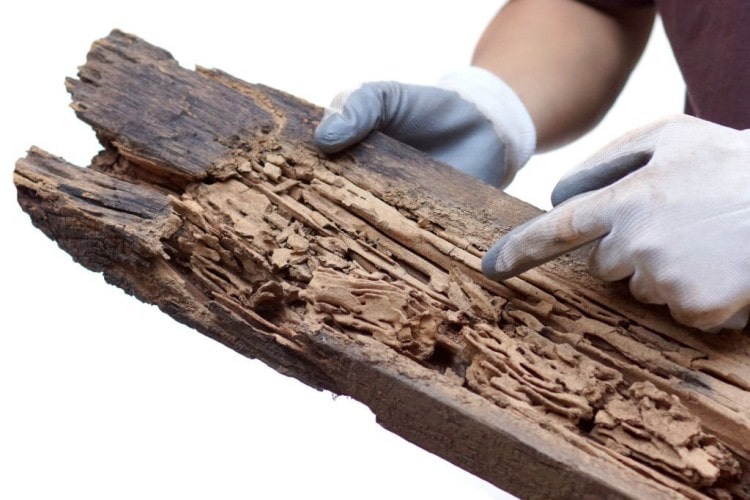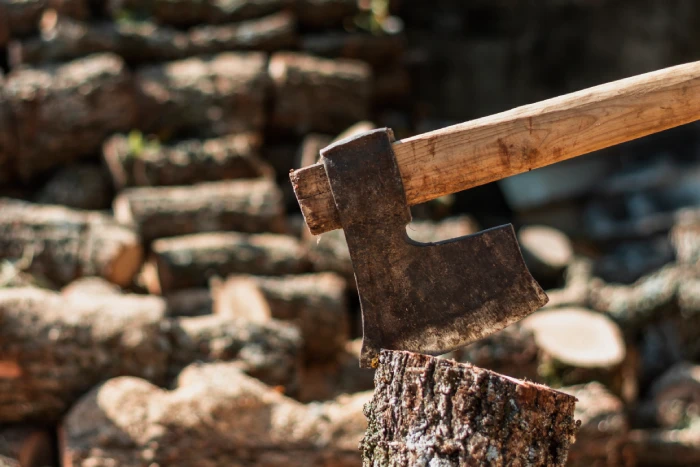Termites are a horror for homeowners as they can cause as much damage as fire. Termite swarmers are winged reproductive members of the termite colony, also known as alates.
During spring, termites swarm from existing colonies that have reached the limit to form a new colony. The presence of swarmers indicates the presence of a termite colony nearby.
However, the colony that produces the swarmers already has thousands of destructive termites whose actions can compromise your home’s cosmetic and structural integrity.
Swarmers are proof of active termite infestation or the beginning of one, and you should inform an exterminator as soon as possible.
Swarmers are often confused with flying ants, but they do not sting, bite or damage wood; their purpose is to find a mate and establish a new colony.
Dealing With Swarmers
- Confine them into a room if found inside your home.
- Vacuum up live swarmers
- Although killing the swarmers will not solve the problem of the existing infestation, it will stop future ones.
- Contact an exterminator as soon as possible.
Signs Of Termite Swarmers
● Flying Ants
Swarmers look like ants from a distance, but on closer look, you can tell them apart. Termite wing sizes are uniform, while ants’ wings vary.
● Discarded Wings
Swarmers shed their wings after finding mates and die shortly after. You will find their wings near the door, windowsill, and path leading to their nest.
● Frass
Termite poops are called frass and are dry and pellet shaped. It can be mistaken for sawdust or soil.
● Mud Tube
The mud tube is the path that connects the termites’ nest to the outside world. It is usually made of frass, soil, and saliva.
How To Protect Your Home From Termite Infestation
Termites feed primarily on cellulose which is found in most woods. Termites are simple insects that do not need sleep to survive. They are always at work eating away wood structures, which explains why they are responsible for billions of dollars in property damage globally.
Here are how to protect your home from termite infestations
● Inspect
Early detection of termite infestation will save homeowners from a lot of trouble. Homeowners should have their homes inspected by exterminators at least once a year and more frequently for old houses as they are more susceptible to infestations.
● Drain
Termites thrive in moist environments, and they are attracted to wet woods. So keep the water draining away from your home. Prevent water from accumulating close to the foundation
● Replace
Replace damaged or damped woods or structures, especially those on the exterior of your home. Do not stack firewood, cardboard boxes, and papers against the foundation. Such materials attract termites and serve as a source of nutrition for them.
● Seal
Seal all crevices and fill cracks in and outside your home with termiticides. Spread the termiticide around all suspected entry points.
Preventing termite infestations should be a priority of every homeowner, even if their homes are not infested. If you notice termite swarms near your home, it’s only a matter of time before your home becomes infested.










